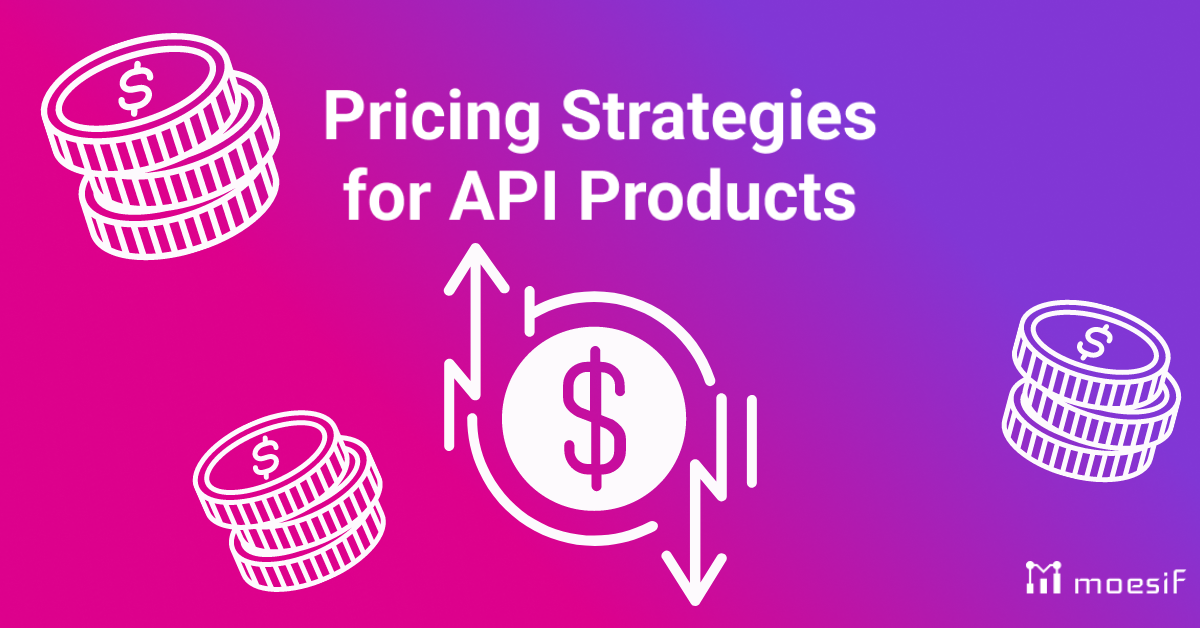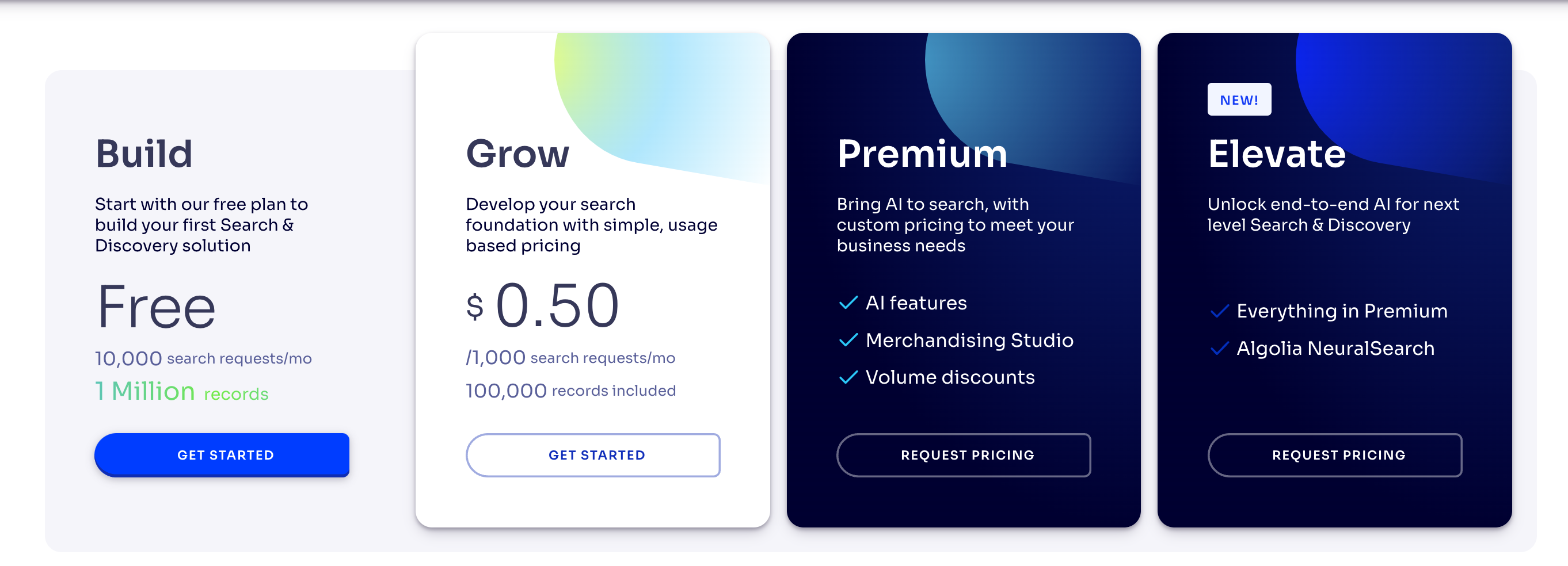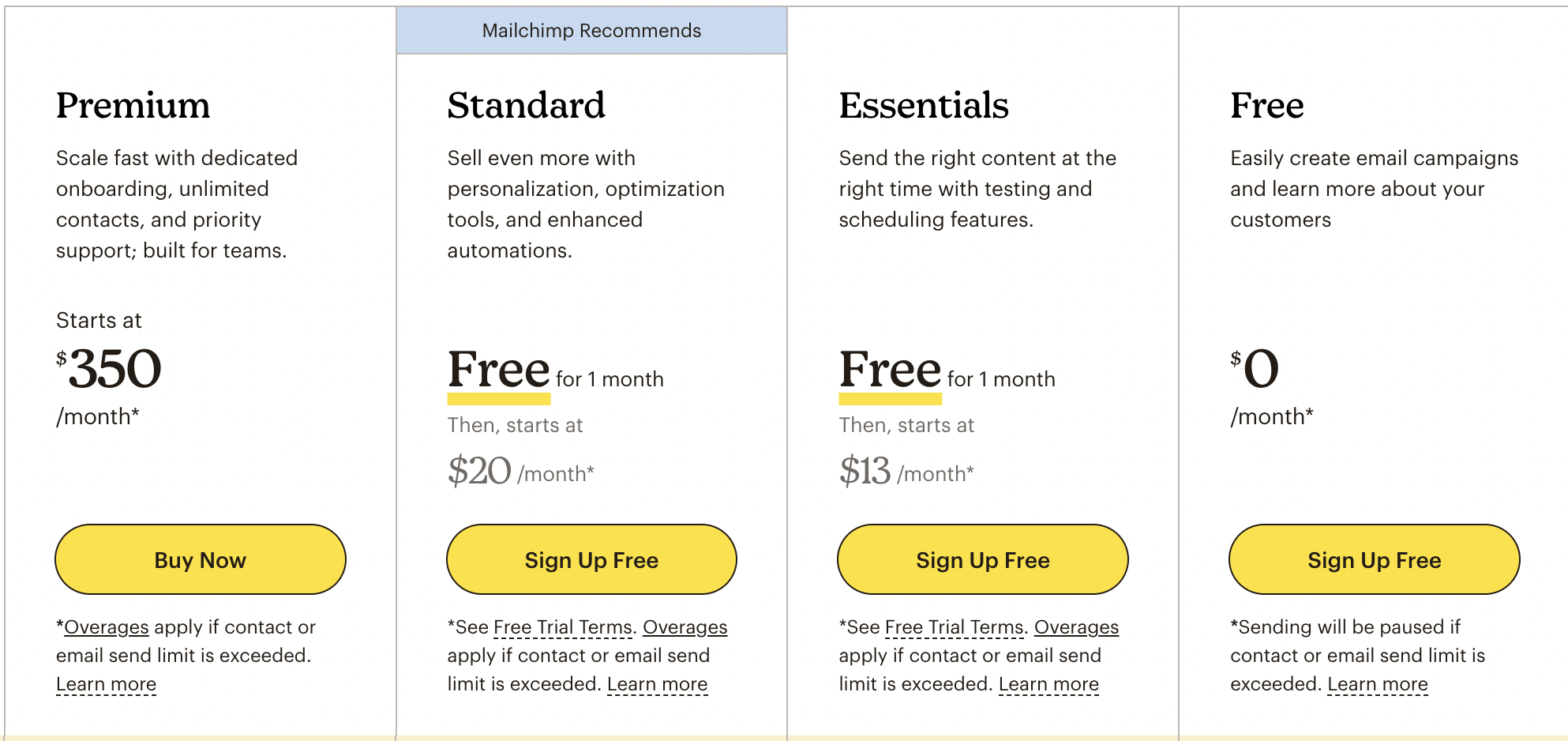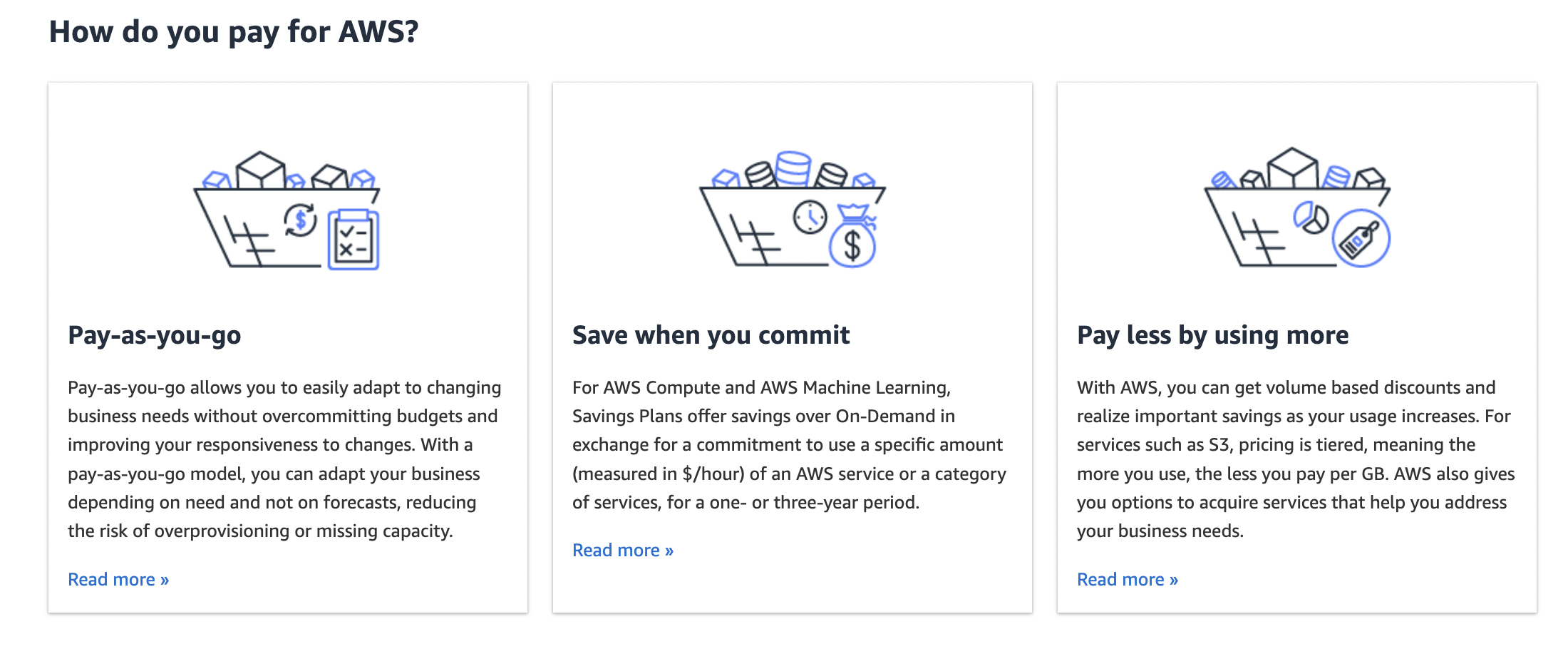Pricing Strategies for API Products

APIs and their integrations are paramount for the inner and outer workings of SaaS organizations. As such, pricing strategies for API products have taken center stage for businesses as a crucial determinant of success. APIs have become the linchpin of modern software development, enabling applications to communicate, share data, and provide enhanced functionality. As organizations across industries embrace digital transformation, APIs have gained unprecedented relevance, creating value and innovation outside the world of SaaS. For many organizations, API access through third party apps is an additional cost that can quickly add up. Despite volume discounts and free trial options, finding the right API analytics product often is based around price first and foremost.
Given the importance of API products, the significance of pricing strategies cannot be understated. Effective API pricing not only defines the perceived value of API offerings, but plays a pivotal role in actuating business objectives. Crafting a well-calibrated pricing strategy not only influences revenue generation, but also guides the accessibility of API services, customer adoption, and the overall market positioning of a product.

Value-Based Pricing
Value-based pricing stands as a cornerstone in the API context, where the intricacies of functionality, data exchange, and integration intertwine. Rooted in the principle of charging customers based on the value they derive from a product, value-based pricing is particularly apt for APIs due to their ability to directly impact a company’s efficiency, scalability, and innovation.
Value-based pricing allows organizations to price their API products based on its perceived value by their customers. Rather than relying on a traditional ROI framework (innovation and production costs, industry markups, etc), value-based pricing bases the price point for your product on the value proposition it holds for potential customers. This means it’s not necessarily about the quantity of features your product offers, or even the quality.
Value-based pricing is all about the use case and story. Value comes down to the longevity and worth of an integrated product; understanding customer needs is at the heart of this strategy, as it allows you as an API provider to align product pricing with the specific value propositions that resonate most with your potential customer.
By tailoring API pricing plans to cater to different customer segments and their different, unique use cases, API providers can enhance the perceived value of their products with targeted messaging. Ultimately, this strategic alignment empowers API-centric companies to foster deeper customer relationships, optimize conversion rates, and secure a competitive edge in the market.
One such example of value-based pricing is Algolia, an end-to-end search and discovery API-based platform. With Algolia, there are two “lower” need tiers, Build and Grow. However, Algolia’s USP hinges on their AI-enhanced API tools. To access any of the AI suite, a Premium or Elevate level subscription is required, both of which require a conversation with Algolia’s sales team.

This process ensures that Algolia is able to control the narrative of the sale, tailoring the features and capabilities of the Premium tier to a company’s specific needs. This also allows for a stronger bond between Algolia and a prospective customer - because the outside organization must request pricing, Algolia is able to collect information directly around their use case. Beyond this, Algolia’s data for optimizing their sales funnel grows stronger with every contact submission.
Tiered Pricing Models
Tiered pricing models offer flexible but defined buy-in levels. This dynamic approach to API pricing resonates with the varying needs of a diverse customer use cases, allowing for a broader customer base. This model involves segmenting users into different tiers, each offering a distinct set of features and resources at varying price points. By offering different features or quotas at different price points, new users can be reached who may have previously been unable to justify the costs of your product.
Pros of Tiered Pricing Models for API Companies:
- Diverse Customer Segmentation: Tiered pricing allows API companies to cater to a wide range of customer segments with varying needs and budgets. This approach provides customers with options that align closely with their requirements, increasing the chances of attracting a larger customer base.
- Scalability: Tiered pricing enables seamless scalability for customers and API companies alike. As customers’ needs grow, they can upgrade to higher tiers to access more features, resources, and usage quotas. This scalability not only fosters customer loyalty but also supports evolving requirements with growth.
- Revenue Optimization: By offering multiple pricing tiers, API companies can maximize their revenue potential. Different customer segments are willing to pay different amounts based on the value your API product provides, allowing API providers the ability to extract value from varying customer groups.
Cons of Tiered Pricing Models for API Companies:
- Complexity: Managing multiple tiers can introduce complexity in terms of feature value and viability. This complexity can require additional resources for customer support and internal management, potentially increasing operational overhead.
- Customer Confusion: With varying tiers and associated features, customers might find it challenging to understand which tier best suits their needs. This confusion can lead to decision paralysis and potentially delay potential purchases.
- Limited Customization: While tiered pricing provides options, it may not cater to every unique customer requirement. Some customers might need a combination of features that don’t currently or easily fit within existing tiers, potentially pushing them toward alternative solutions with higher levels of control.
A good example of a tiered pricing model is MailChimp. With a straightforward pricing model that requires no conversation, MailChimp serves as a self-service option for email marketing campaigns. Their pricing page also offers a breakdown of features and usage limits per tier, making it simple to figure out which option best fits an organization’s needs. With the option to contact sales made available through a Chat widget and a 1-800 number rather than a required lead gen form, users can purchase the highest tier with the click of a button.

Balancing the benefits and drawbacks of tiered pricing models is essential for API companies to effectively meet customer demands, maintain competitiveness, and maintain a healthy revenue stream. This monetary scalability aspect is crucial, as it ensures that API products remain aligned with an organization’s growth trajectories and goals.
Freemium and Usage-Based Pricing
A freemium model is a strategic pricing approach that entices users by offering a basic version of a product for free, and reserving advanced features for a paid plan (likely an enterprise plan). Effectively a permanent “trial”, the freemium tier offers a truncated version of your API product. This strategy effectively lowers the barrier to entry, attracting a large user base that can test the product firsthand. However, a major shortcoming of freemium models is oversimplifying your offering. By watering down your product, you may lose your most important value propositions. A company like Slack or Canva is free to get started with, but requires financial backing to unlock features such as Slack Huddles or Canva export resizing. For most small ventures, a freemium account will suffice for their needs. But as teams grow, more advanced features become more top of mind.
On the other hand, usage-based pricing involves charging customers based on their actual usage levels rather than feature accessibility, providing flexibility and closely aligning costs with value derived. Rather than a usage limit within a given billing cycle, a pay-as-you-go API plan bills developer users for their cumulative transaction volume. Companies can benefit from a usage-based pricing plan, as they encourage transparency and ensure that customers pay directly in proportion to the value they receive, instilling trust in your business and product. However, customers may be wary of unpredictable costs or might optimize their usage to minimize expenses. Notable examples of successful usage-based pricing strategies in action include Dropbox, who offers free storage and charges for additional space, or AWS, where customers pay based on their computing and storage usage.
To mitigate the challenges associated with usage-based monetization tiers, clear communication about the benefits of paid plans is crucial in the freemium model. By navigating these challenges thoughtfully, API companies can harness the power of freemium and usage-based pricing while effectively addressing potential risks.
A highly successful example of a usage-based billing model is Amazon Web Services. AWS offers a large array of web based tools and services, some free and some not, but they all employ the same philosophy: pay for what you use. Each individual service has a distinct pricing structure, but customers only pay for the resources they use. By offering all their services at a PAYG rate, a highly personalizable experience has emerged for AWS customers. This also ensures that Amazon keeps their user pipeline actively pumping with new companies and ventures at any scale.

Subscription Pricing Models and Add-Ons
Subscription pricing models offer a traditional structured approach that benefits both customers and providers in a predictable way. Customers appreciate the ease of budgeting with regular payments, while API providers enjoy a steady revenue stream. Additionally, subscription models can often correlate to higher customer retention rates, as users have ongoing access to services they rely on.
Leveraging this model, API companies can also introduce add-ons or premium features as supplementary offerings, providing tailored solutions to cater to varying customer needs. This approach not only enhances the quality of service but also opens avenues for diversified revenue streams. For users looking for a reliable service without a particularly complex use case, a subscription based service can be attractive. Subscription pricing highlights how well-thought-out add-ons can offer customers tailored solutions while securing steady revenue streams for API companies in a reliable manner, provided there’s a commitment to transparent communication and value-driven offerings.
Moesif for Billing Meters
For an API pricing model to succeed, the appropriate pricing strategy for API products must be selected. Dynamic API pricing holds major weight in shaping success and market positioning. It underscores the necessity of adopting a customer-centric approach that places users’ needs, preferences, and perceived value at the forefront of pricing decisions. With the rapid pace of shifting market demands, API-first businesses are encouraged to embrace experimentation and iteration when refining their pricing models. This flexibility is critical for aligning business goals with evolving market dynamics. Such strategies not only influence revenue generation but also directly impact customer adoption, satisfaction, and the overall market perception of your API product.
Using an API management solution like Moesif to automatically meter customer usage and invoice users can ease the stress of standing up a monetization framework. From no-code billing integrations with billing providers like Stripe and Chargebee, Moesif analyzes API usage down to the individual user level for precise, complex invoicing (and simple invoicing, too). By prioritizing potential and current customer needs, staying agile, and refining pricing approaches, businesses can harness the potential of well-crafted pricing strategies to not only drive success but also thrive in the ever-evolving landscape of API products.






